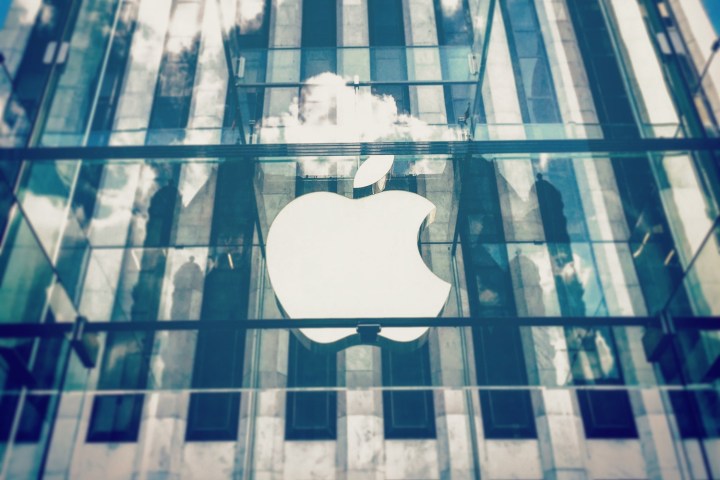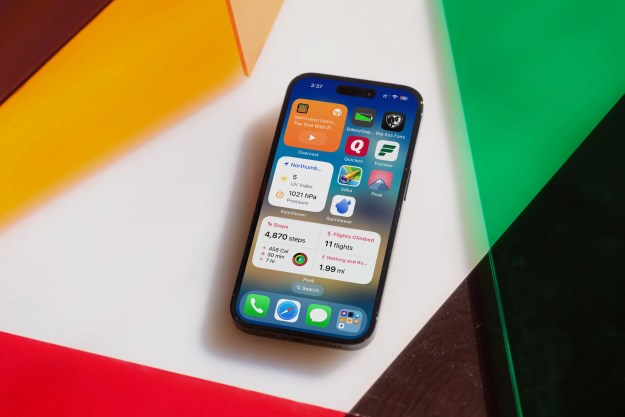
The application was submitted to grant an extension of an earlier patent on the technology, which was granted to German AR company Metaio in 2010. Apple acquired Metaio in May 2015, and was given ownership over the patent last year, according to a report from Apple Insider.
The patent protects methodology that can be used to accurately integrate a digital object into a real-world environment. One application described in the documentation allows users to place virtual furniture in their home for a preview of how it would look.
Apple isn’t the only company developing this kind of technology. A very similar implementation of AR was showcased by Facebook at the F8 conference earlier this week. The social media giant may have outpaced Apple, as its AR platform is already in the hands of developers.
However, Apple’s technology may be more advanced than the projects its rivals are pursuing. The patent describes an implementation of AR where real-world objects are digitally removed from the environment. The documentation suggests that this functionality could be used while driving to render parts of the car artificially invisible, giving the driver a more comprehensive view of the road.
Apple’s long-term ambition for AR seems to hinge upon implementing this kind of technology in a pair of glasses, which would be tethered to an iPhone. However, it’s previously been reported that the company will familiarize users with AR by introducing certain functionality in a future version of its flagship smartphone.
At this point, it’s unclear how long it will take for this technology to hit the market — but with other companies also making good progress, time is a finite resource.
Editors' Recommendations
- This one Apple Fitness feature completely changed how I exercise
- Nomad’s new iPhone case and Apple Watch band may be its coolest yet
- Here’s how Apple could change your iPhone forever
- Vision Pro 2: everything we expect from the future of Apple’s headsets
- Everything you need to know about the massive Apple App Store outage


